In this post, we will see the concept of pump cavitation and how we can avoid it.
Just like a cavity in human teeth is harmful to health and can damage them, a similar type of issue occurs in pumps; which is called pump cavitation.
Pump Cavitation
Pump cavitation is a problem in which air bubbles are formed in the fluid flowing through pumps, which rapidly collapses and can cause internal erosion of the pumps.
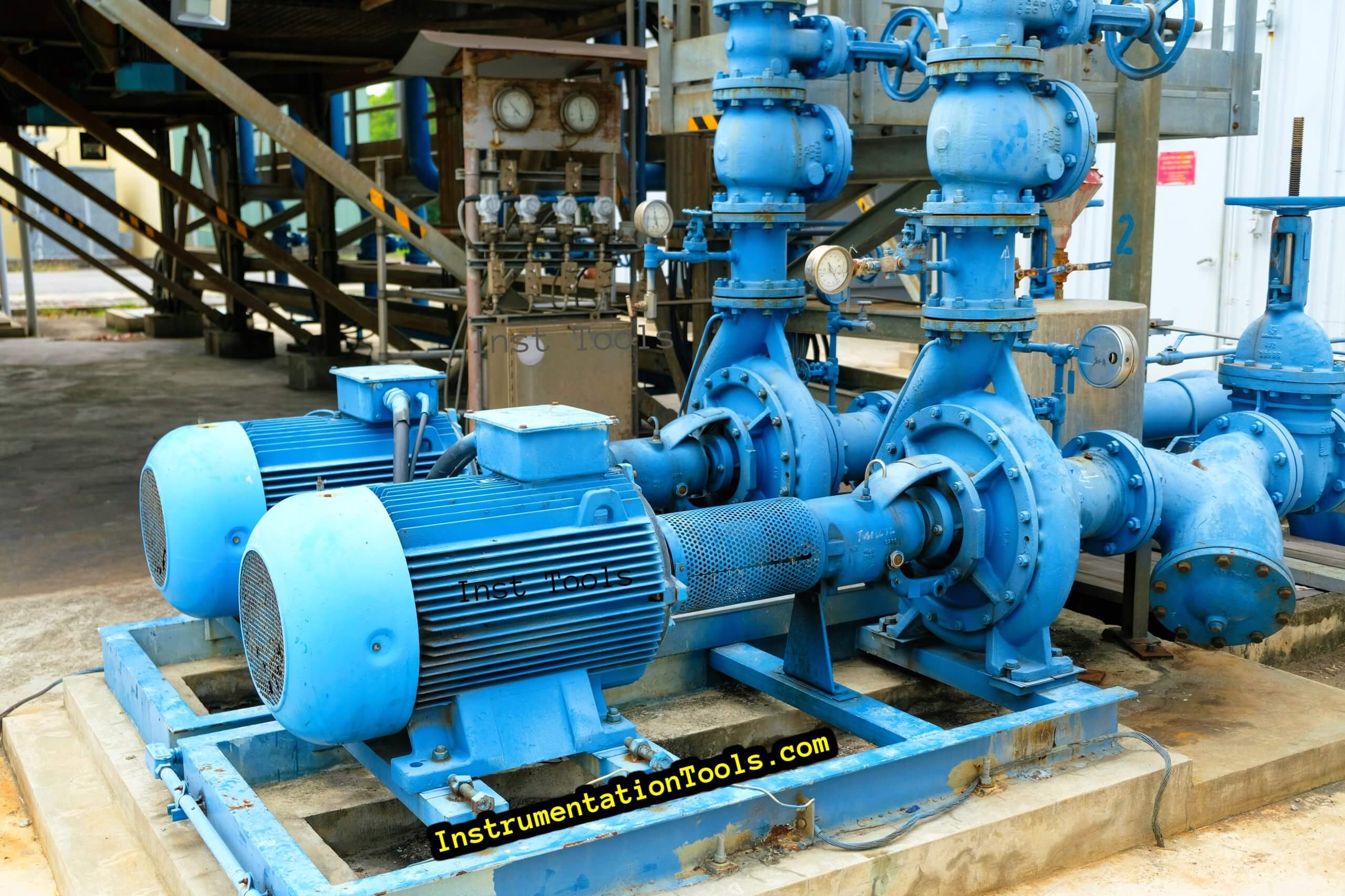
The pressure and temperature of the fluid flowing are not always constant and sometimes, rapid changes in pressure will create tiny bubbles in the fluid.
These bubbles collapse after some time and create shock waves that occur constantly and will eventually start to erode the inside body and components of the pipe.
This can damage the pump seals and the impeller. You can hear improper sounds of the pump when it is running in such a condition.
Pump cavitation theory rotates around the net positive suction head. Basically, it is the difference between the suction pressure available at the suction port and the suction pressure required at the suction port.
For normal working conditions, this difference must be positive (available pressure must be more than the required pressure). The problem starts when this difference is low.
When it becomes low at a point where it starts decreasing even below the vapour pressure of the fluid, bubbles will start to form. Then, as the liquid starts to flow and accelerate, the pressure increases on the bubbles and it collapses.
Simply relate it to a baby sucking milk through a bottle. When the milk is near to empty and still the baby is sucking milk, you can see that bubbles are created in the milk bottle.
Coming back to our concept, these bubbles are so strong that when it collapses, they will erode the pump surface and body. Corrosion is not good for a pump and it reduces its working life.
There are many reasons why it occurs; but some of the common reasons are – a clogged inlet of the pump, restricted or collapsed inlet hoses, excess long inlet piping, clogged filters and strainers, very high fluid viscosity, and poor design and specifications of the pump.
There are many signs where you can identify whether the pump has undergone cavitation or not.
Some of the symbols are – unusual vibrations in the pump, leaking seals, decreasing flow or pressure in the discharge, eroded signs which will be visible and unwanted noise heard.
How to Avoid Cavitation?
Pump cavitation can be avoided and there are many ways to prevent it. Let us have a look at each one of them.
- High discharge pressure limits the volume of fluid coming out of the pump. Such high-velocity fluid will instantly cause the bubbles to crash. So, you can reduce the discharge pressure by installing a control valve on the discharge port, avoiding pockets where air or vapor will accumulate, and keeping reducers as close as possible to the pump.
- Check dirty filters and strainers inside the pump. Look for cracks or collapsed piping or hoses. The pressure sensors which are installed in suction and discharge for sensing must also be proper.
- When you notice that a cavity has started to occur, run the motor as slow as possible; because fast moving motor will instantly create bubbles. Apart from your standard pump, many people install booster pumps in the system too. The booster pump is used to properly control the flow of the fluid from the main pump.
- Turbulence if increased can also cause cavitation. So, try to increase the pump suction line size to reduce turbulence.
- Other factors should also be considered like proper pump location, friction loss, suction pipe length and diameter, and suction lift. Pump installation should be such that the water flows smoothly into the suction of the pump.
- Make sure that the liquid you are using for flow must not be acidic, viscous, or abrasive.
Pump cavitation is a dangerous process and the respective means should be tried to avoid it.
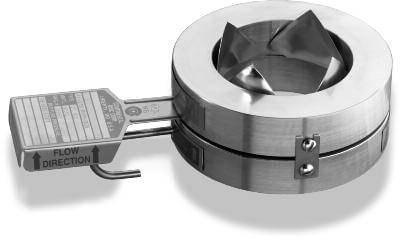

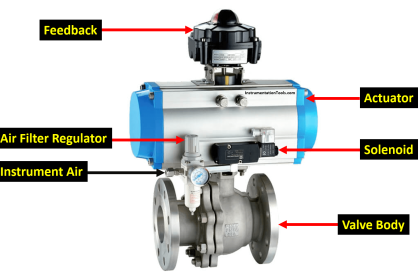
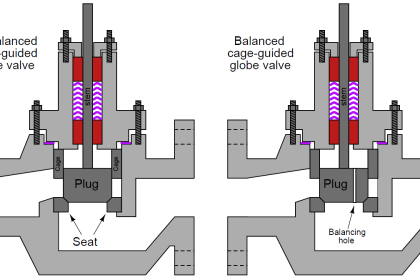
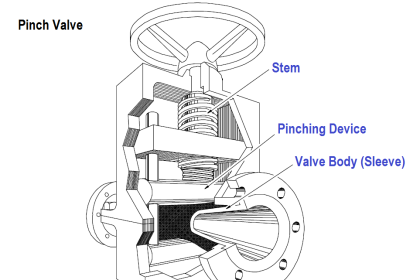

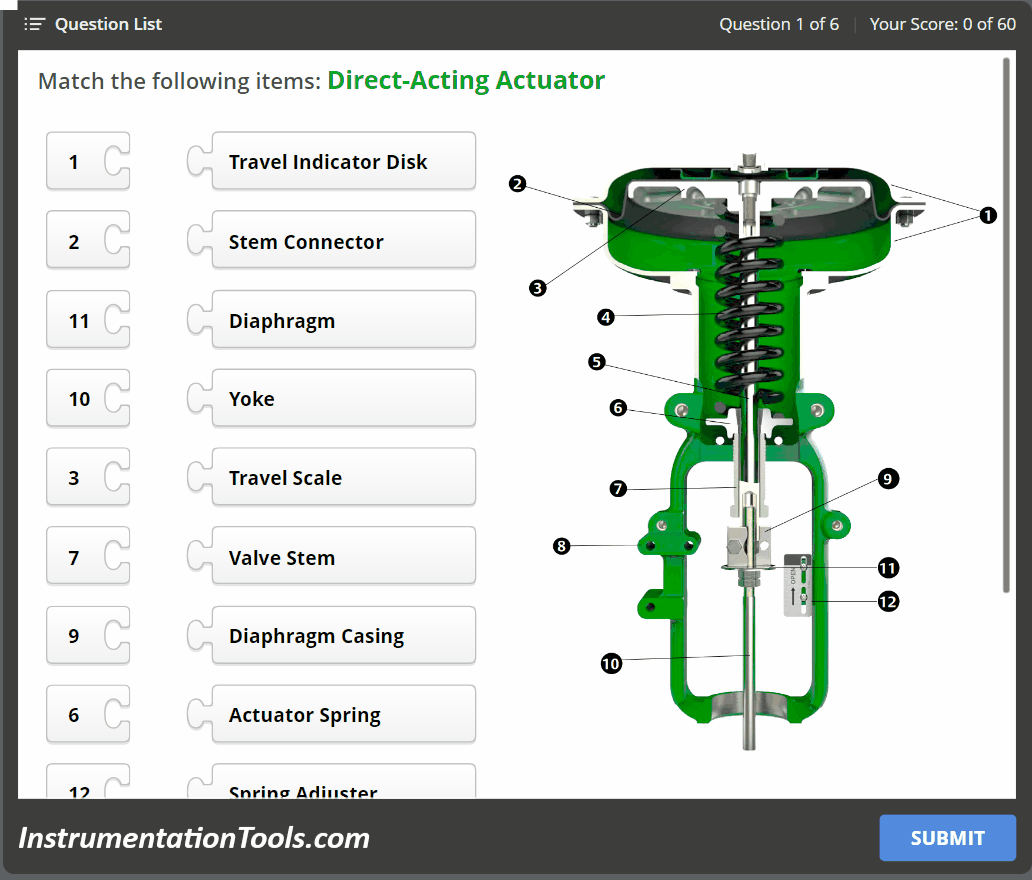
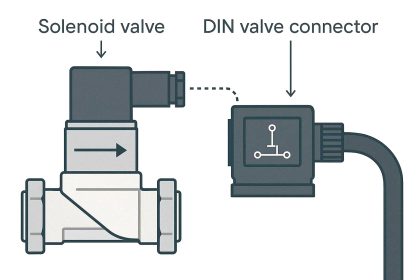


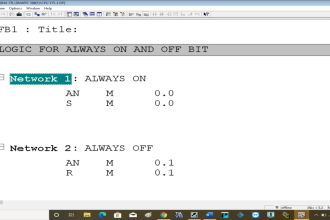

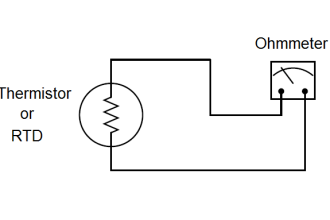
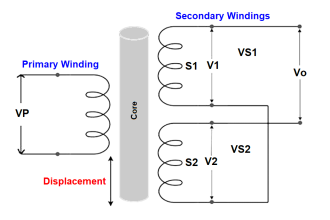
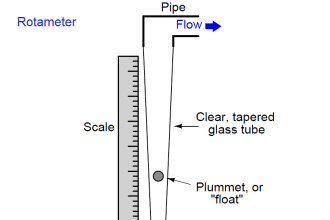
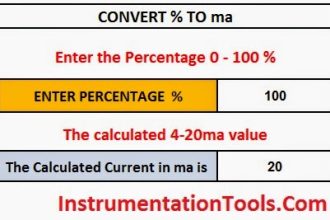

Cavitation in both Pumps and Control valves is as a result of the fluid in the discharge chamber falling below its Vapor pressure.
When this occurs, bubbles form, which, when impacting the pump or valve body, can collide with a force up to one million PSI. This can cause massive erosion.
It can be very simply rectified by the insertion of an orifice plate on the outlet of the device. Naturally, the sizing of this plate should not cause significant pressure loss, but sufficient to increase the pressure to maintain the fluid above its Vapor pressure.
Very useful information , m a dewatering pump fitter and have found this information very useful thank you..